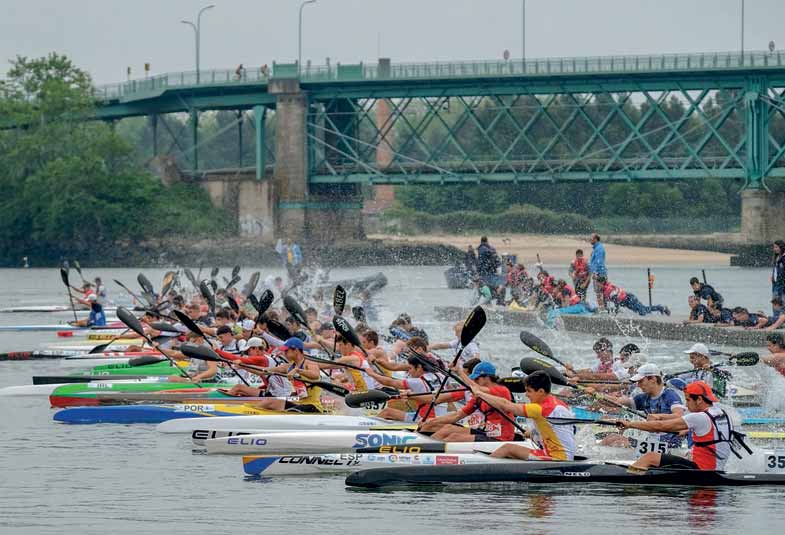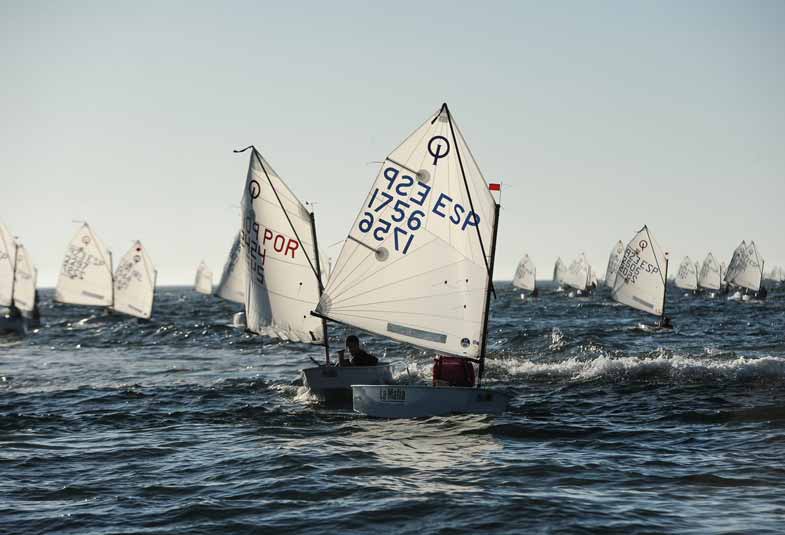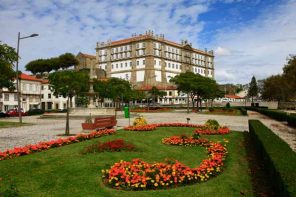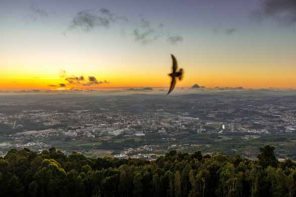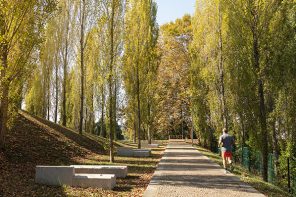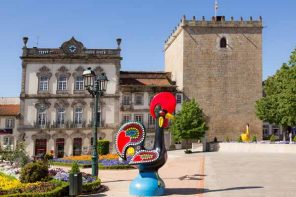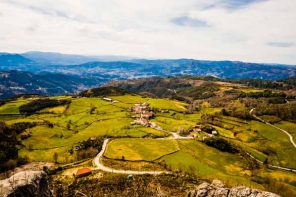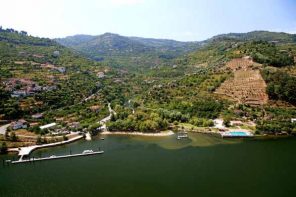A NORTHERN PORTUGAL TOWN, FILLED WITH HISTORY, AND THAT ENCOMPASSES IN ITSELF THE NATURAL BEAUTY THAT THE RIVER, THE SEA, THE MOUNTAINS AND HILLS CAN CREATE.
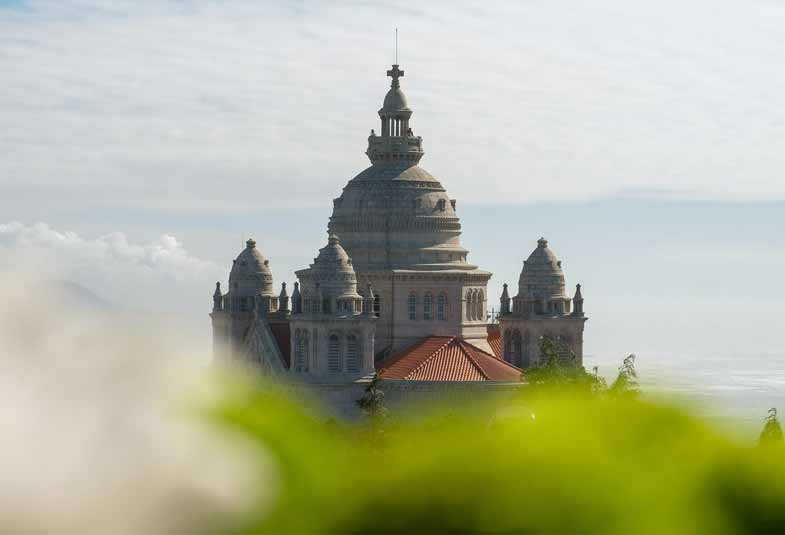
Viana do Castelo’s slogan is “Stays in your Heart”, as it is a town with a past, and a well-cared and delightful historical centre, where culture erupts at every street corner. It’s a river town and a seaside town, with miles of beaches offering excellent conditions for the practice of nautical sports.
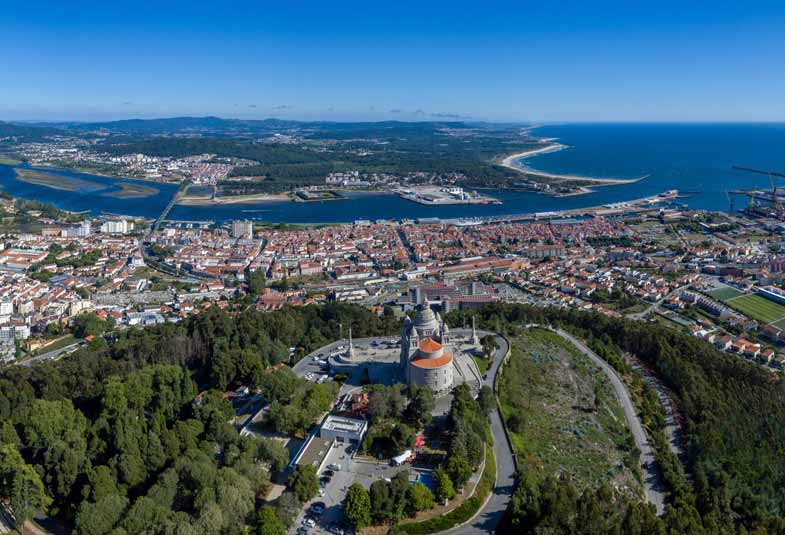
Viana is a town of monuments and República Square has been the town’s true civic centre and its main square for the last five hundred years. The buildings on its eastern wing are part of a monumental and emblematic triptych, of high architectonic value: the elegant water fountain in the centre, surrounded by the buildings of the Misericordia Social Services and the old Town Hall, built in the first halve of the 16th century.
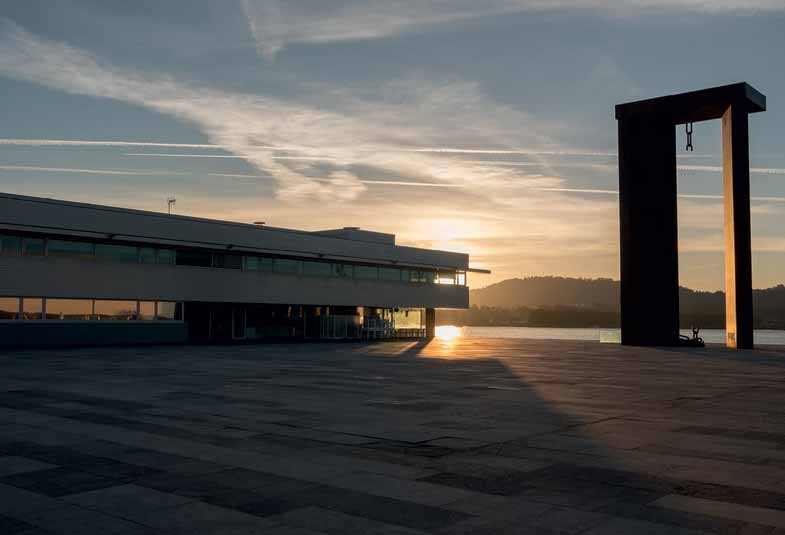
Liberdade Square
The Diocesan Sanctuary of the Sacred Heart of Jesus is one of the best known and most emblematic monuments in Viana do Castelo, standing as the town’s and the country’s postcard-picture symbol. From the lantern tower one can witness one of the most beautiful sceneries in the world, having become a required stopping point for all those that visit Viana do Castelo. For a complete visit, it’s recommended to take the Santa Luzia Cablecar, which, in a six to seven-minute ride, overcomes a slope of 500 ft and crosses a length of 2000 ft, in what is Portugal’s longest funicular ride.
Viana do Castelo’s museums are also recognized for their rich art collections. The Decorative Arts Museum, installed in an affluent 18th century mansion, owns one of the most important and valuable collections of old Portuguese ceramics from the 17th and 19th centuries, including several pieces from the famous Viana’s ceramics factory. The Costume Museum, situated on República Square, one of the town’s best locations, houses excellent collections of traditional costumes and jewellery.
Equally, the ship Gil Eannes brand’s itself as one of the town’s trademark and as an increasingly popular museum. Built in 1955 at the old Viana do Castelo Shipyards, she saw its heydays supporting the cod-fishing fleet in the seas around Newfoundland and Greenland. Returned to Viana do Castelo in 1998 to become a living memory of the town’s and the country’s nautical and naval construction past, assuming her role as a museum.
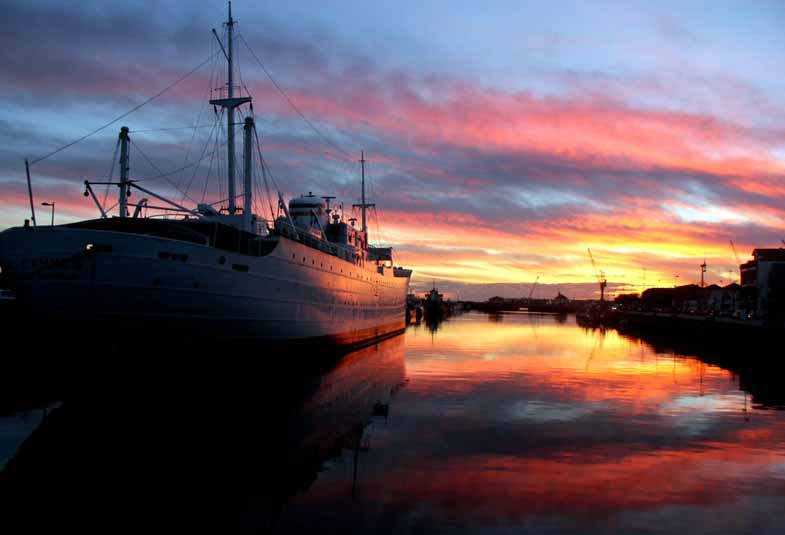
Gil Eannes
Recognized as a town’s monument, the Eiffel Bridge stands as a notable work of engineering and a beautiful example of 19th century iron architecture, having become one of the town’s ex-libris. Viana do Castelo conjugates, in a particular way, old and contemporary architectures, presenting a balanced union of the classic with the modern. By the town’s waterfront, the highlights include the modern Liberdade Square, designed by Architect Fernando Távora, the Municipal Library by Siza Vieira, and the Cultural Centre, an Eduardo Souto Moura work.
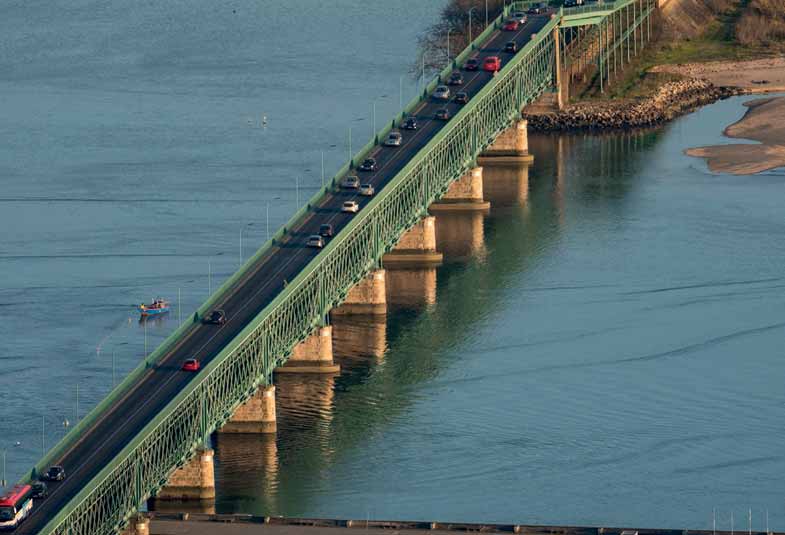
Eiffel Bridge
Even though it breathes ‘modernity’, the municipality is rich in traditions. Viana do Castelo’s traditional costume – a uniquely designed, colourful garment – is one of Portugal’s most important symbols, being recognized as a country’s trademark, both in Portugal and abroad. Jewellery-making is also a relevant handicraft, with the image of the gold pieces worn by the dressed-up women faithfully mirroring their old traditions. The Agonia Pilgrimage, attracting thousands of participants, takes place around the municipal holiday of August, 20th, and is the highlight of the display of garments and jewellery, mostly reserved for party days such as these.
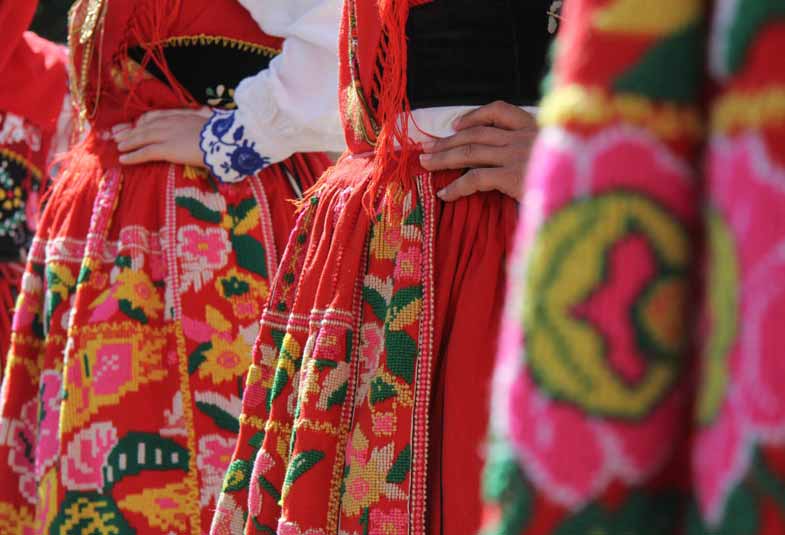
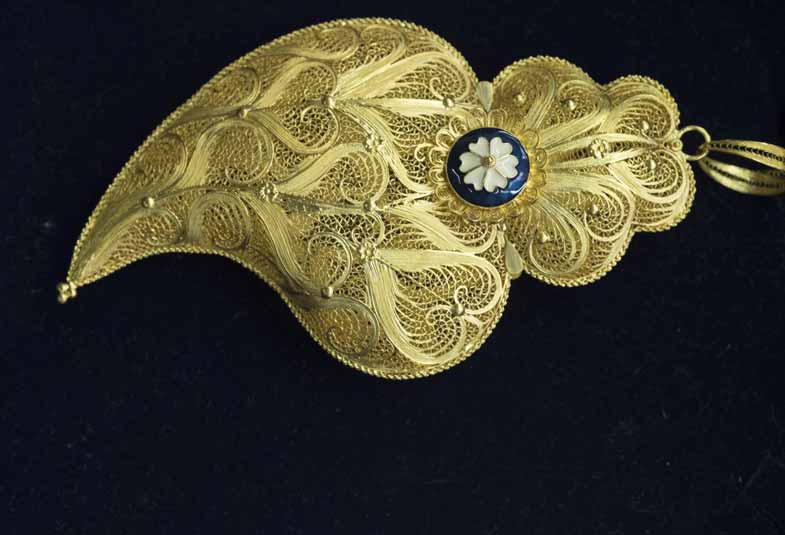
Since Viana do Castelo is a nautically-oriented town, all sports linked to the river and the sea are increasingly becoming the power source for sport tourism; taking advantage of the excellent facilities at the municipality’s four nautical centres, rowing, canoeing, surf and sailing are attracting a growing number of visitors, that pick the town and the municipality for its sports’ practice and the promotion of a healthy lifestyle.
